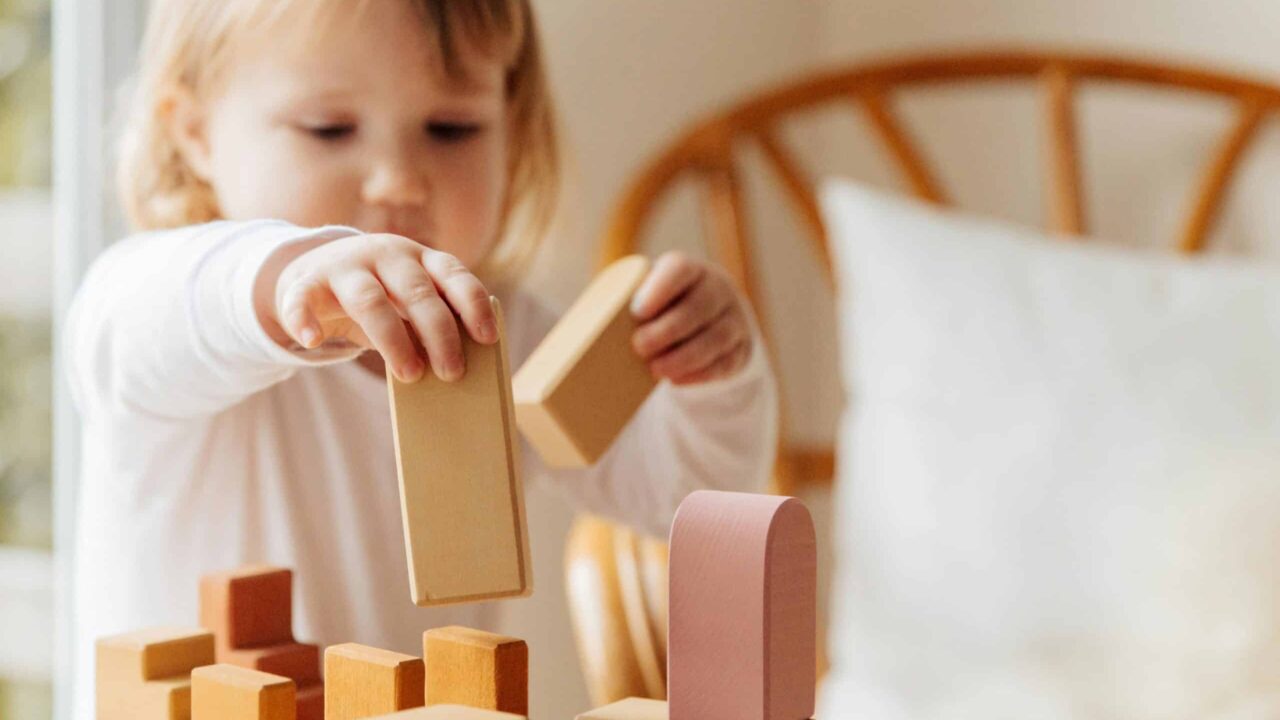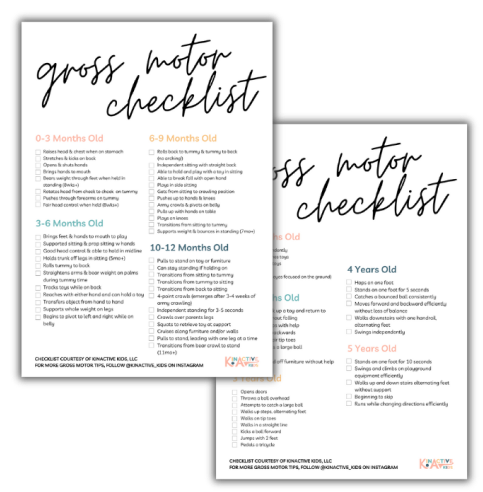Hypotonia: Why Core Strength Matters and Chiropractic Exercises Can Help

Here’s what I mean by the “core”: It’s not just those tummy muscles that make up the six-pack you see in the mirror. I consider the core to include the muscles of the shoulders, trunk, and hips. These groups work together as a powerhouse to support movement, stability, and posture. When these muscles are strong and coordinated, they help create a solid base for everything from sitting upright to running and jumping. This broader view of the core highlights its importance in virtually every movement your child makes.
What is Hypotonia and Why is Core Strength Crucial?
Hypotonia refers to reduced muscle tone, which can present at birth or develop later. You might notice your child struggling with activities like crawling, walking, sitting, or even maintaining a stable posture. With weak muscle tone, these tasks require much more effort. It is important to remember that although sometimes a diagnosis like Cerebral Palsy or Down’s Syndrome may come with a diagnosis of hypotonia, it does not mean that if your child has hypotonia they have another diagnosis as well.
The core is the body’s stabilizer, and for children with hypotonia, strengthening it can improve balance, posture, and coordination. Building a strong core isn’t just about physical strength; it supports better movement patterns, independence, and overall confidence.
Core-Strengthening Exercises I Recommend to Parents
Incorporating targeted exercises into your child’s routine can make a huge difference. Here are some chiropractor-approved activities:
Tummy Time
For infants, tummy time is one of the most effective exercises to start strengthening the core early on. When your baby is placed on their stomach, it encourages the neck, shoulders, and back muscles to engage. Over time, tummy time builds muscle tone, improves coordination, and helps with the development of gross motor skills.
How to do it: Place your baby on their tummy for short periods, gradually increasing the time as they get more comfortable. You can use toys to encourage them to lift their head or turn it from side to side, which helps engage more muscles.
Baby Planks
One of the best ways to strengthen a kiddo while they are lying on their stomach is to make sure that their arms are tucked in under their shoulders. We don’t want those arms just floating out to the side. This will help them develop shoulder and upper back strength while having to stabilize and work their front core muscles.
How to do it: Have them prop up on their elbows and reach for toys in front of them. For your older kiddos, have them lift their knees and hips off the ground for an added challenge.
Seated Marching
As children grow and start sitting in chairs, engaging them in seated activities will help improve core strength. One such exercise is seated marching, which helps activate the abdominal muscles while improving balance and stability. These are great for your 18 months and up.
How to do it: While sitting on the floor or in a chair, have your child lift one leg at a time, simulating a marching motion. This helps strengthen the core while improving the coordination needed to balance on one leg at a time.
Bridges
Bridges are excellent for strengthening both the core and the lower body. This exercise targets the glutes, hamstrings, and lower back muscles, promoting stability. You can start this as early as 1 year old.
How to do it: Have your child lie on their back with their knees bent and feet flat on the floor. Then, encourage them to lift their hips towards the ceiling, forming a straight line from shoulders to knees. Hold for a few seconds, then lower back down.
Rolling and Reaching
For older toddlers, rolling and reaching activities can engage both the core and the arms. This helps build stability, flexibility, and coordination.
How to do it: While your child is on their back, encourage them to roll onto their stomach, and then reach for toys placed just out of their reach. This activity promotes coordination while engaging the core muscles.
Supporting Core Strength in Everyday Life
As a parent or caregiver, you can promote core strength through daily activities that encourage movement and balance. Simple activities like playing games, dancing to music, or doing stretching exercises together can help engage your child’s muscles and improve overall strength. Incorporating these activities into everyday routines ensures that core strengthening doesn’t feel like a chore but rather part of the fun!
Everyday Activities to Promote Core Strength
Core strengthening doesn’t have to feel like work! Dancing, playing, or even simple games like balancing on one foot can engage your child’s muscles while keeping it fun. As a parent, your involvement makes these activities even more rewarding for your child.
Chiropractic Care and Hypotonia
Chiropractic care complements these exercises by addressing the alignment and function of the spine. Adjustments can improve the connection between the nervous system and muscles, enhancing coordination and strength. Combining regular adjustments with core-strengthening exercises creates a holistic approach to managing hypotonia.
How KinActive Can Help
Core strength is a vital part of supporting children with hypotonia as they grow and develop. Incorporating chiropractor-approved exercises like tummy time, superman poses, and seated marching into your child’s routine can significantly improve muscle tone, posture, and coordination. At KinActive Kids, we specialize in providing personalized care and support for children with unique developmental needs, including hypotonia.
Here’s how we can help:
1. KinActive Masterclasses: Explore our comprehensive library of Masterclasses designed to address key developmental milestones, such as crawling, walking, and improving core strength.
2. KinActive Kamp: A unique program combining chiropractic care and physical therapy to support children with physical, neurological, or genetic conditions. Learn more or apply today.
3. Clinician Directory for KinActive University: If you’re looking for a KinActive-trained clinician near you or want to learn more about our methods, check out our clinician database and training resources.
I’m here to help you and your child thrive. Let’s work together to build their strength, coordination, and confidence, one step at a time.
For more details or to book a consultation, visit our Book Appointment page or follow me on Instagram for tips and updates!


